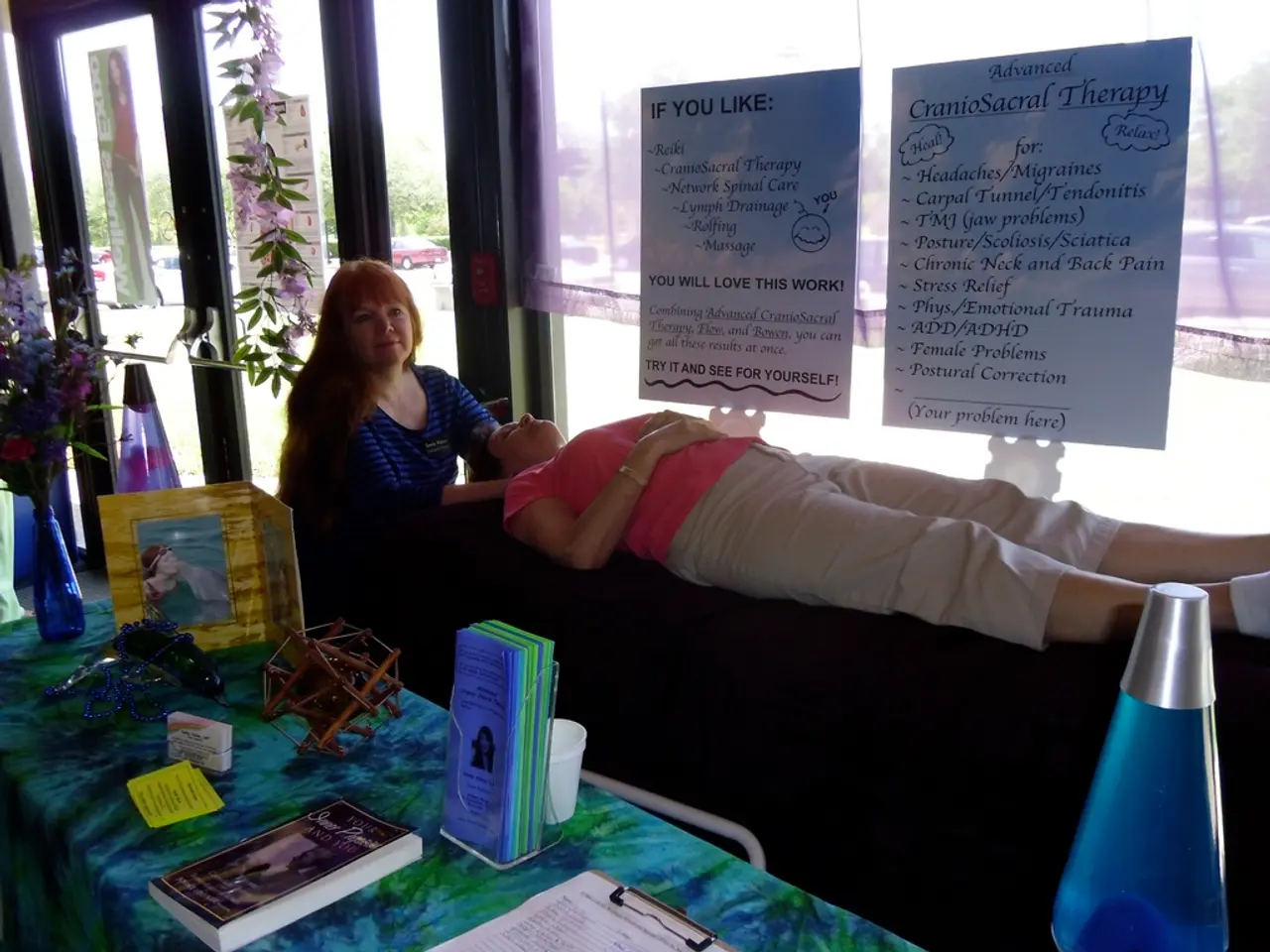Harriet Jacobs, a woman formerly enslaved, penned one of the initial autobiographies detailing her personal struggle.
Harriet Jacobs, born in 1813 or 1815 in Edenton, North Carolina, published her groundbreaking autobiographical narrative "Incidents in the Life of a Slave Girl, Written by Herself" in 1861 under the pseudonym Linda Brent. [1]
Jacobs' account provides a rare, detailed firsthand account of the sexual harassment and abuse enslaved women endured, specifically by her enslaver, Dr. James Norcom. Her story includes vivid depictions of the brutality, the sale of enslaved people, and the constant threat to Black women's bodily autonomy in the antebellum South. [1]
After escaping to the North, Jacobs became an active abolitionist. Her experiences contributed to the abolitionist movement by illuminating the specific gendered horrors of slavery that were frequently omitted or understated in other accounts. [1][2]
Jacobs' narrative helped raise Northern awareness and sympathy by exposing the intimate cruelties of enslavement and challenging prevailing notions that primarily recognized slavery's physical hardships but not its sexual and psychological abuses. This personal testimony strengthened the broader abolitionist arguments for emancipation and civil rights. [1][2]
Jacobs' escape from North Carolina took several torturous years. During this time, her children, Joseph and Louisa, were sent North before her. [1] She spent nearly seven years hiding in a small crawlspace in her grandmother's attic to escape Norcom's advances. [1]
Amy Post, a friend and abolitionist, encouraged Jacobs to write her own story. Lydia Maria Child helped publish "Incidents in the Life of a Slave Girl". [1] After her escape, Jacobs became involved with the abolitionist movement and published her book. [1]
Jacobs lived in Philadelphia, New York City, and Rochester after leaving the crawlspace. Around the time Jacobs turned 15, Norcom began to sexually harass her. To protect herself, Jacobs entered into a sexual relationship with white lawyer Samuel Tredwell Sawyer. [1] Nathaniel Parker Willis and Cornelia Grinnell Willis purchased Jacobs' freedom. [1]
Jacobs' book, largely forgotten until the 1960s, has since become a significant work in American literature, offering a vital, gendered perspective on slavery that continues to resonate today. [1]
[1] "Harriet Jacobs," American National Biography Online, Oxford University Press, 2000, www.anb.org/view/10.1093/anb/9780198606697.001.0001/anb-9780198606697-e-10012137. [2] "Harriet Jacobs," Encyclopædia Britannica, https://www.britannica.com/biography/Harriet-Jacobs.
- Harriet Jacobs' writing, such as "Incidents in the Life of a Slave Girl," offers insights into the sexual and psychological abuses experienced by enslaved women, intertwining the narratives of women's health, sexual health, and history within the broader context of slavery in America.
- Beyond her role in the abolitionist movement, Harriet Jacobs' work also made significant contributions to health-and-wellness discourse, as she highlighted the impact of slavery on various aspects of Black women's wellbeing, including their sexual and reproductive health.




